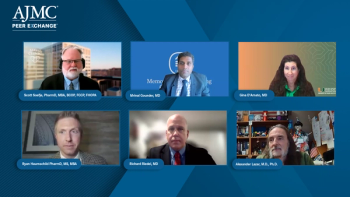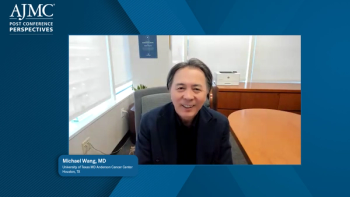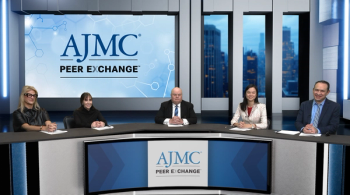
Trispecifics in Context: Hype vs Readiness
A panelist emphasizes that while trispecific antibodies offer near-perfect response rates and convenient monthly dosing that could improve quality of life, careful assessment of adverse effects like infections and taste disturbances is crucial—especially for lower-risk patients—making patient preference and physician judgment key in determining their optimal use, with high-risk patients with heavily pretreated disease poised to benefit most.
Trispecific antibodies appear poised to offer more effective treatment options than bispecifics for multiple myeloma, which is very promising for patients. If a drug delivers near 100% response rates, naturally patients would want access to it. However, the key consideration remains the adverse effect profile. Even highly effective drugs are not viable if they cause severe toxicities or high mortality. For trispecifics, adverse effects such as infections and dysgeusia must be carefully evaluated to determine if the benefits outweigh the risks, especially for patients with lower-risk disease who may tolerate less intensive treatment.
One appealing feature of some trispecific therapies, such as the one from Janssen, is their convenient dosing schedule—administered only once a month. This represents a significant improvement over treatments like bortezomib or carfilzomib that require frequent dosing, which can be burdensome for patients. The reduced frequency could improve quality of life and adherence. Ultimately, who should receive trispecifics will depend heavily on balancing efficacy and toxicity, with high-risk patients with heavily pretreated disease likely to benefit the most, while patients with lower risk may consider alternative therapies.
Patient preference and physician guidance will be essential in determining the role of trispecifics going forward. While these therapies promise fewer issues like neuropathy—common in some existing treatments—they do have other adverse effects that need monitoring. As more follow-up data becomes available, clearer guidelines will emerge. For now, trispecifics represent a promising new frontier in multiple myeloma treatment.
Newsletter
Stay ahead of policy, cost, and value—subscribe to AJMC for expert insights at the intersection of clinical care and health economics.







































